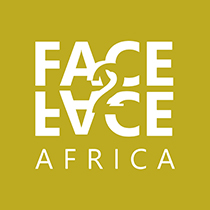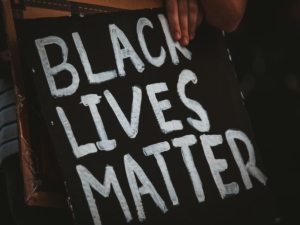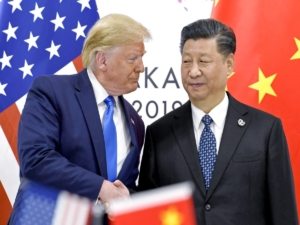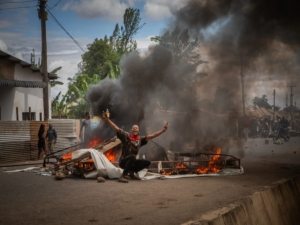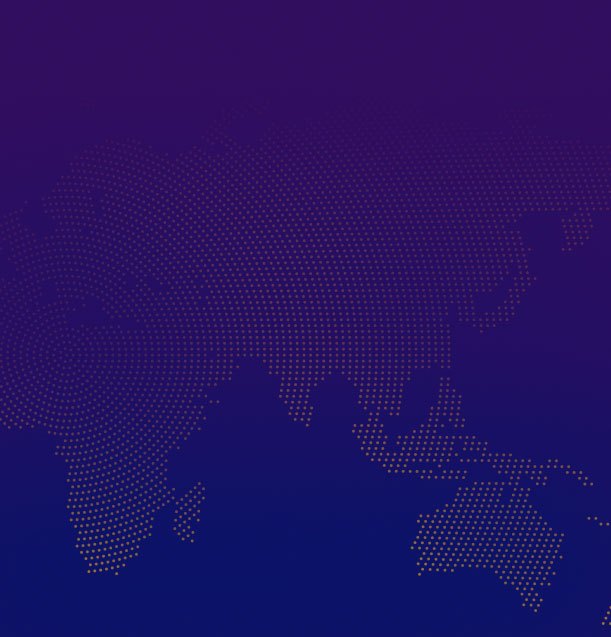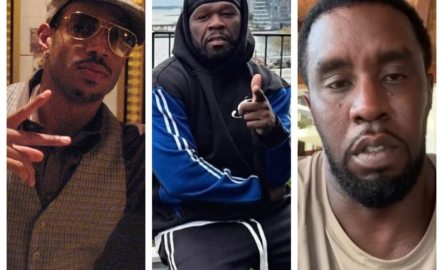The Trump administration has cut the annual refugee admission limit to 7,500, a dramatic reduction that sharply departs from decades of U.S. policy welcoming those escaping war and persecution. Most of the limited slots, officials confirmed Thursday, will go to white South Africans.
The decision, made official in a Federal Register notice, represents the lowest refugee ceiling since the program’s creation in 1980. It replaces President Joe Biden’s previous cap of 125,000. Advocates see it as a fundamental abandonment of America’s humanitarian commitments.
According to the notice, the 7,500 admissions during the 2026 fiscal year, which began Oct. 1, are “justified by humanitarian concerns or are otherwise in the national interest.” The document explicitly identifies white South Africans, also known as Afrikaners, as the principal group eligible under the new policy, though it vaguely references “other victims of illegal or unjust discrimination” without naming specific populations.
READ ALSO: Trump may cut refugee admissions to 7,500, favoring white South Africans
Refugee advocates condemned the move as a betrayal of the country’s historic role. “This decision doesn’t just lower the refugee admissions ceiling. It lowers our moral standing,” said Krish O’Mara Vignarajah, president and CEO of Global Refuge. “To concentrate the vast majority of admissions on one group undermines the program’s purpose as well as its credibility.”
The policy cements the broader Trump administration approach that prioritizes restricting migration, citing national security and job protection. Since his first day in office, Trump has suspended and reshaped refugee admissions, with only small numbers entering, predominantly white South Africans. Some were admitted following court rulings allowing refugees already in the resettlement process to complete their entry.
The International Refugee Assistance Project, which sued the administration over its earlier suspension of refugee admissions, criticized the decision for politicizing humanitarian aid. “By privileging Afrikaners while continuing to ban thousands of refugees who have already been vetted and approved, the administration is once again politicizing a humanitarian program,” said Sharif Aly, the group’s president.
The White House introduced the Afrikaner-focused program in February, arguing that white South African farmers face targeted discrimination and violence, a claim South Africa’s government has firmly rejected.
Each administration sets its own refugee ceiling, often in consultation with the State Department and resettlement organizations. Trump’s new cap represents an unprecedented low, dropping even further than the 15,000 limit imposed during the final year of his first term.
Absent from the new policy are Afghans seeking refuge after the Taliban’s return to power in 2021. While a separate visa program continues for Afghans who worked directly with the U.S. government, tens of thousands of others who aided the U.S. mission remain stranded abroad.
Shawn VanDiver, president of #AfghanEvac, called Thursday’s announcement a devastating signal. “I think we need to face facts. This means that the president and the White House … are not going to allow Afghan refugees to come here,” he said in a video message on Instagram. “This is a really bad day.”
